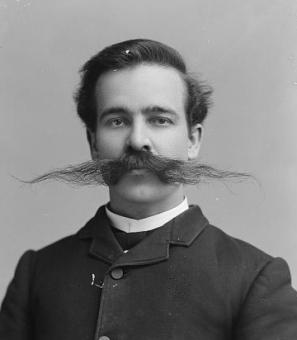When the White House Was in Alexandria
Everyone knows that the President lives at 1600 Pennsylvania Avenue in Washington, D.C. But some locals may remember a time that wasn’t the case. For ten days in August of 1974, the leader of the free world lived in a relatively modest red brick and white clapboard house in Alexandria, Virginia and commuted to the Oval Office each morning.
You could say that things moved quickly for Gerald Ford in the ‘70s. The longtime congressman from Michigan had been tapped as Vice President in December 1973 after Spiro Agnew resigned. Then, less than a year later, Ford assumed the top job when President Nixon resigned amidst the fallout from the Watergate scandal.
After Nixon’s resignation, it took a few days for the White House to be made ready for Ford and his family. So, the Fords just continued living in the Alexandria home that they had built at 514 Crown View Drive in 1955. As Betty Ford wrote in her memoir, in some ways those early days of the Presidency were remarkably routine. “At 7am, the President of the United States, in baby-blue short pajamas, appears on his doorstep looking for the morning paper, then goes inside to fix his orange juice and English muffin.”[1]
Of course, not everything stayed the same. When someone in the neighborhood becomes the President of the United States, there are bound to be a few changes on the block.
After Nixon announced his resignation, authorities barricaded Crown View Drive at either end and roped off the sidewalk in front of the Ford home. Press gathered in droves and setup phones and cameras across the street. Alexandria City policemen stood guard in front of the house, and the Secret Service kept a watchful eye from their command center in the Ford’s garage, which had been enclosed and specially wired for security and surveillance equipment. (Many of these upgrades had been done in December when Ford became VEEP.)
It was certainly a thrill – if also a bit of a headache – for the neighbors, many of whom were close friends of the Fords, having served with them on the PTA and enjoyed their company at neighborhood block parties. When Ford was sworn in as President on August 9, several neighbors gathered at the home of Peter Abruzzese, who lived across the street to watch the ceremony. As neighbor Marjorie Rogers told the Washington Post, “I’m just delighted and thrilled to think that the President of the United States lived on Crown View Drive.”[2]
A degree of normalcy returned to the neighborhood on August 19 when the First Family was cleared to move into the White House. Still, many were sad to see their neighbors go and it seems the Fords shared their sadness. As Betty Ford remarked later, “Leaving the White House wasn’t nearly so much of a wrench as leaving that house in Alexandria.”[3]
Special thanks to Amy Bertsch, Communications Specialist at the Alexandria Sheriff’s Office for her help on this post. Bertsch previously worked as the Public Information Officer for the Alexandria Police Department and authored a history of the department, which was published by Arcadia Publishing in 2006. Follow her on Twitter @AlexNoVaHistory.
Footnotes
- ^ DePaul, Amy, “Former Ford House Historic Landmark,” Washington Post, 20 Mar 1986: Va15. (Quoting Betty Ford’s memoir, The Times of My Life.)
- ^ Shaffer, Ron, “Old Neighborhood Stands Up for Ford,” Washington Post, 10 Aug 1974: A16.
- ^ DePaul, Amy, “Former Ford House Historic Landmark,” Washington Post, 20 Mar 1986: Va15. (Quoting Betty Ford’s memoir, The Times of My Life.)


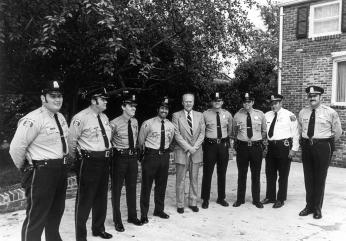
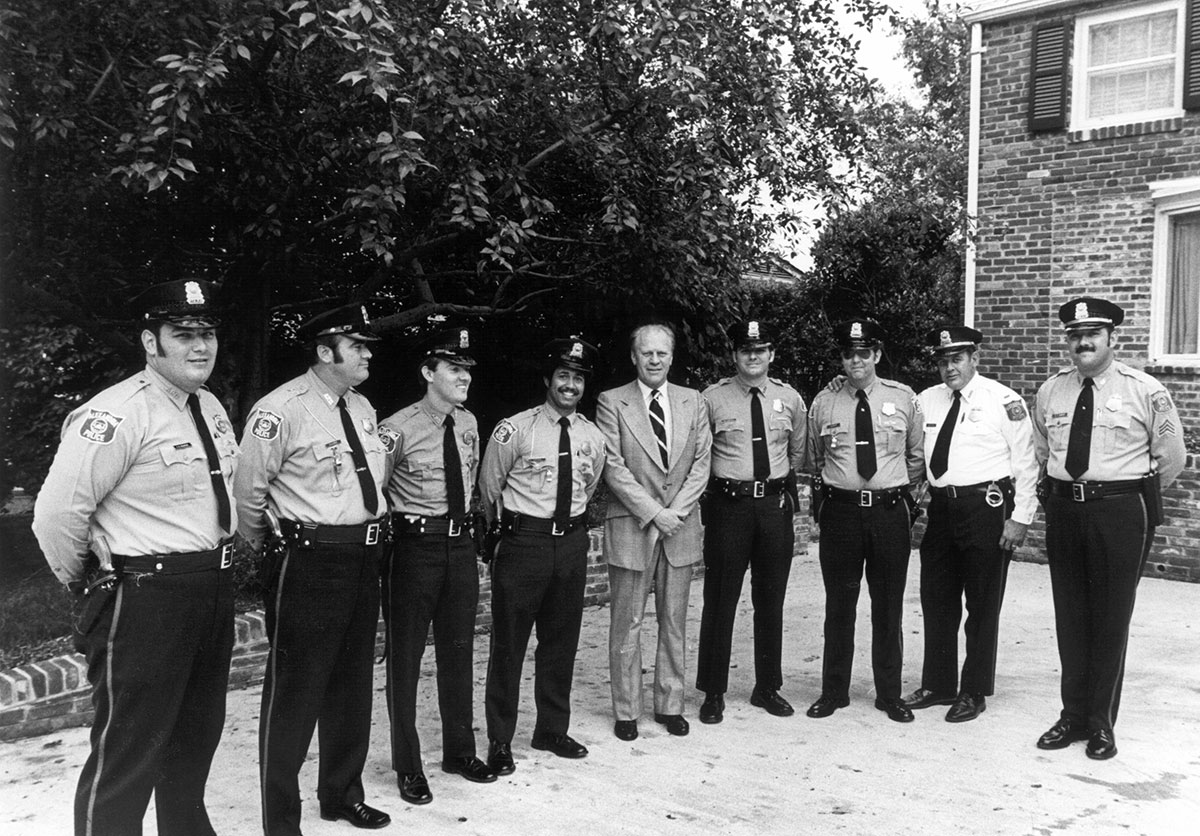
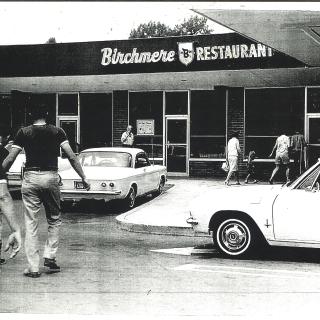
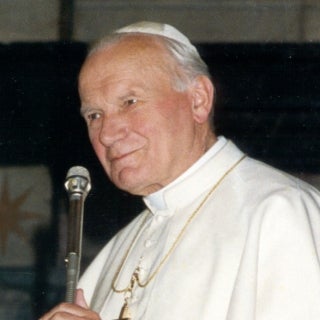
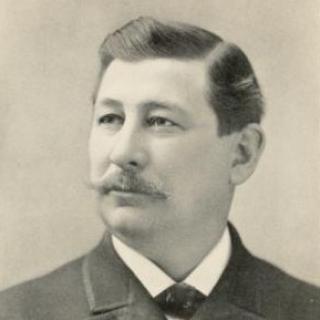
![Sketch of the mythical fuan by Pearson Scott Foresman. [Source: Wikipedia]](/sites/default/files/styles/crop_320x320/public/2023-10/Goatman_Wikipedia_Faun_2_%28PSF%29.png?h=64a074ff&itok=C9Qh-PE1)











